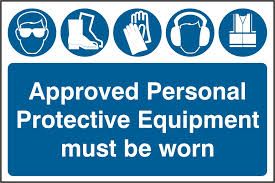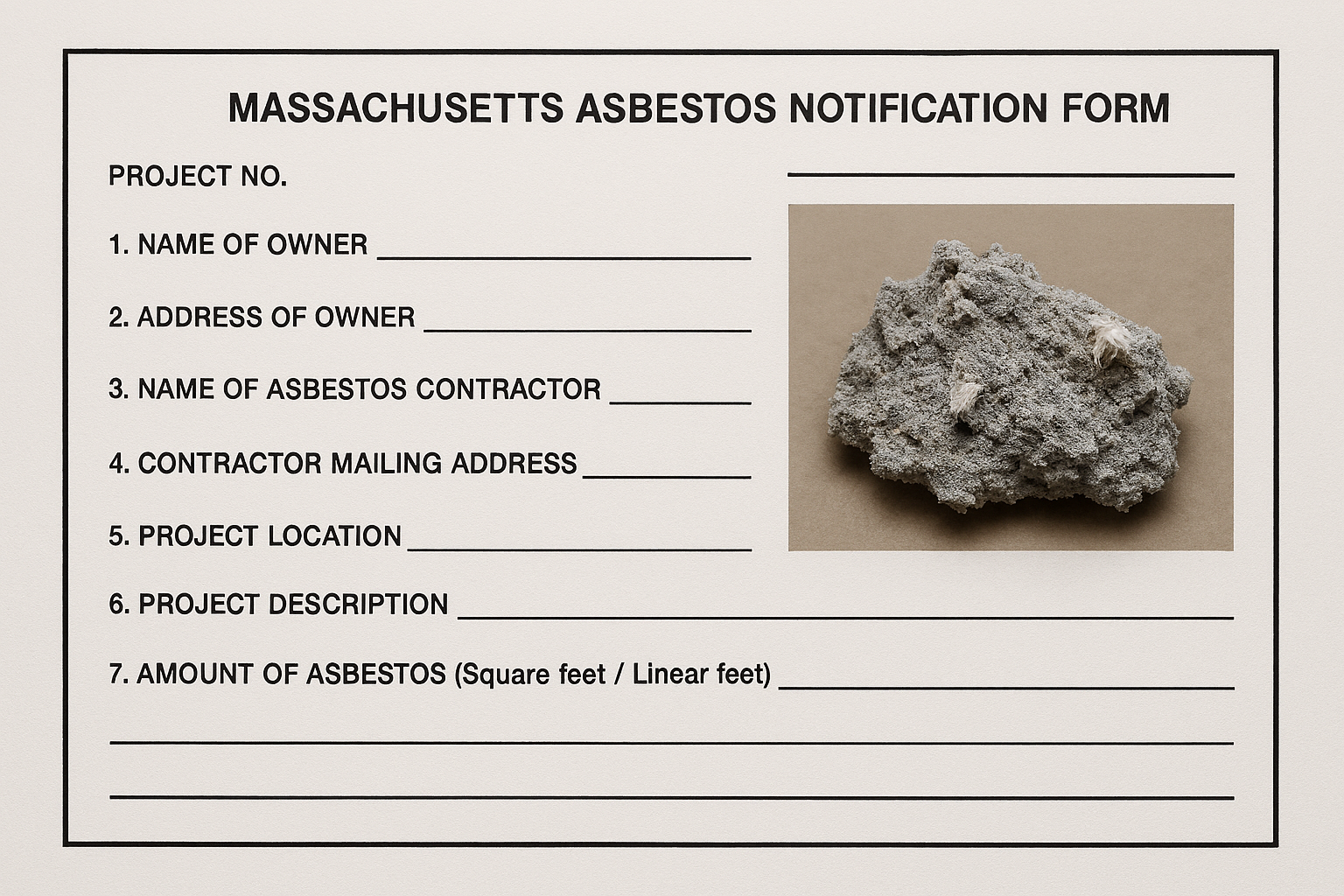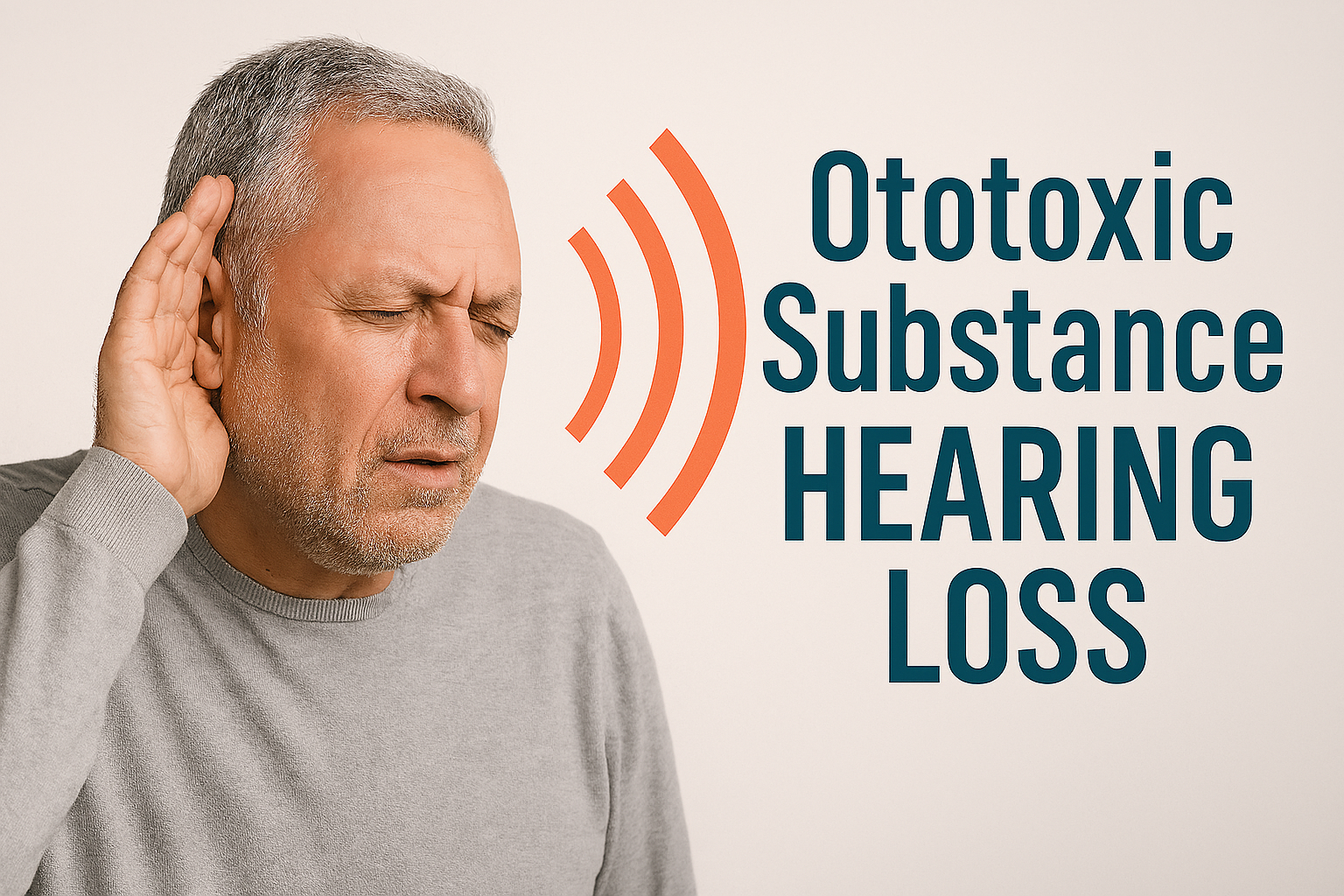The PPE Standard for General Industry explicitly requires hazard assessments when 1910.132(d)(1) says "the employer shall assess the workplace to determine if hazards are present, or are likely to be present, which necessitate the use of personal protective equipment (PPE)."
The Construction Standard is more vague although the statement in 1926.95(a) that PPE shall be provided "... by reason of hazards of processes or environment, chemical hazards, ... encountered in a manner capable of causing injury or impairment in the function of any part of the body ... " implies that hazard assessments are an important part of a construction company's PPE program.
The best hazard assessments are conducted using a methodical process that includes a written guide or checklist. This approach helps to ensure that nothing is overlooked. Every task, including non-routine tasks, must be evaluated for potential hazards to the eyes, face, head, feet, hands/arms, bodies, and ears.
The
hazard assessment results will dictate if PPE is required. If it is, the PPE selection process can now begin. It's crucial to select PPE that is commensurate with the hazard. For example, different chemical glove materials (nitrile, butyl, latex, etc.) provide different levels of protection against different chemicals - or virtually no protection at all. This means that an incorrect glove selection could give both the employer and the worker a false sense of security.
In another example, bump caps, which tend to be cheaper and more light-weight than hard hats, do not protect workers against overhead falling objects the way that hard hats do (they protect against "head bumps" into stationary objects such as low ceilings, overhead pipes, etc.). Issuing a bump cap to a worker who has a risk of overhead falling objects could be a deadly decision.
Employers in the General Industry sector must document their hazard assessments and PPE selections in written certificates of hazard assessment that identify the workplace evaluated, the hazard assessment date(s), and individual who performed the evaluations. While construction companies don't need to comply with this requirement, these certificates are sure to impress regulators, insurance representatives, or other interested parties.
There are many more items to consider when selecting PPE, including:
- Compliance with ANSI* or other standards: OSHA often specifies that certain PPE items (safety glasses, safety shoes, etc.) comply with these standards
- Fit: (an ill-fitting glove can introduce additional hazards to a task)
Cashins & Associates, Inc. is happy to help you with all of your PPE needs, as well as other Industrial Hygiene and
Safety programs and topics. Click on the icon below to contact us!





